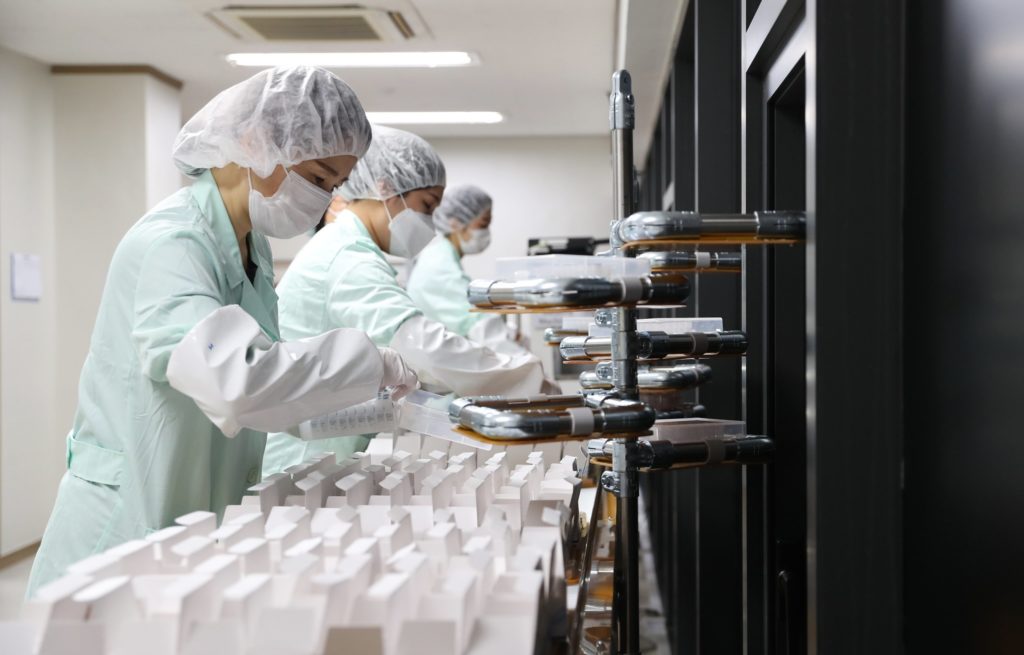The Peninsula
2021 in Review: Labor Market Developments and Policies in Korea

This is the eight in a 10 part series looking at how the issues identified in KEI’s annual “10 Issues to Watch for on the Korean Peninsula” series developed in 2021. The original “10 Issues” piece can be found here.
The state of the Korean labor market
The onslaught of COVID-19 in the spring of 2020 and the ensuing government crackdown sent shockwaves through the Korean economy, particularly its labor markets. The epidemic has exposed structural faults and vulnerabilities that had weighed down certain enterprises and workers even before COVID-19. Employers large and small were forced to furlough or lay off staff throughout the year 2020 and now, one year later, the employment numbers have only partially recovered. Micro and small size employers without stocks of cash and without government backers were hit the hardest. Informality has ticked up, as fresh graduates and other vulnerable groups have grudgingly settled for more precarious irregular jobs working under the regulatory radar.
As of the fall of 2021, manufacturing wages are not much higher than their 2019 level, even in nominal terms. While unemployment rates have dipped to near historic lows, labor force participation rate still lags behind the levels seen during 2014–2019, primarily reflecting discouragement and early exit by marginally attached workers (read: youths, women, elderly).
A prolonged break from service, combined with the limited existing opportunities for lifelong and vocational training, will inevitably affect workers’ ability to keep step with the labor market. The fear is that this experience will produce pockets of precariousness of disenfranchised workers lacking key skills and connections, flowing in and out of various degrees of deprivation.
This poses a great challenge because the country’s markets remain severely fragmented between the primary and secondary sectors, and large and small establishments, making it hard for workers to re-establish themselves once laid off.
Policy responses
The Korean government responded to the economic upheaval with fiscal and monetary stimuli, including a system of vouchers distributed to some two-thirds of all families, support and forgiveness of obligations extended to the most affected enterprises, and drastic interest rate cuts.
Evidence suggests that the programs have been too broad and insufficiently progressive, making them costly and wasteful. Applied on top of the foundation of the pre-existing structural inequities, they amounted to a halfhearted attempt to extend the weak social protection for workers and entrepreneurs.
These stylized facts suggest that the government should go beyond emergency relief to tackle chronic structural problems. Indeed, the crisis introduces flux under which reforms are the least disruptive and can be rolled-out and fine-tuned gradually.
As a foundation stone for ‘rebuilding better,’ the government should promote participation, innovation and investment among marginalized firms and workers, through structural reforms aimed at empowerment, graduation from dependence on assistance, and equalization. The frail social safety net should be enhanced by introducing more affordable childcare and vocational (re-)training, effective assistance to career-interrupted workers and entrepreneurs, and extension of employment protections to informal and irregular workforce.
Vladimir Hlasny is an Economic Affairs Officer with the UN Economic and Social Commission for Western Asia. The views expressed here are the author’s alone.
Photo from the Republic of Korea’s photostream on flickr Creative Commons.
